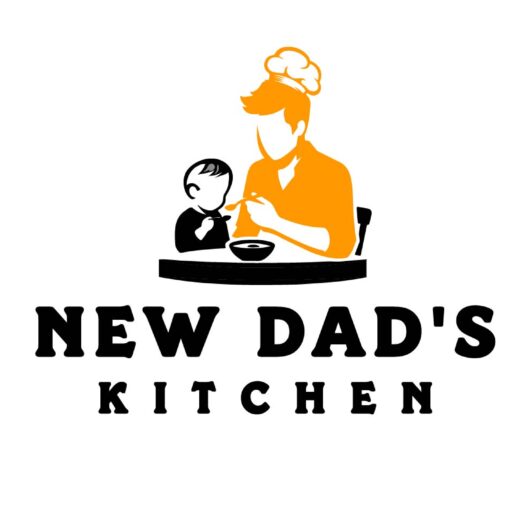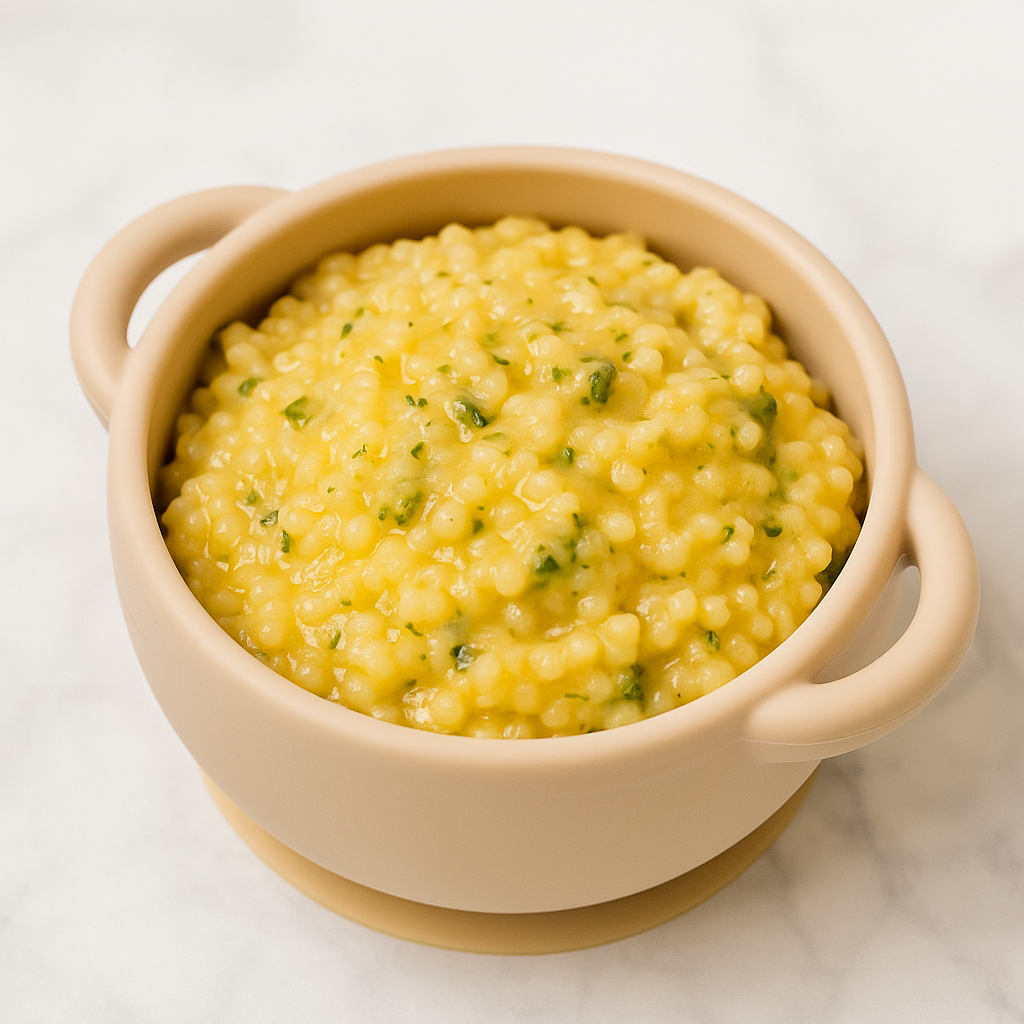Pastina is to Italy what chicken noodle soup and/or matzo ball soup is to America: a cure-all when sick, comfort food for all other times and all other people, including infants. It’s not soup but also not quite pasta; it’s more like grits or polenta, really, just without the coarse texture. It's pasta as porridge—and a blank template on/with which you can do whatever you want. For us, that’s combining the texture of pastina with the flavors of broccoli cheddar soup, for which you can use leftovers from our recipe or just a can of the premade stuff already in your pantry; you can also leave the broccoli cheddar out and go classic, with just some cheese and pepper (see Adapt section).
Know before you go: pastina is the name for this dish but also refers to the general category of teeny tiny pasta shapes used to make it (and other Italian soups). That includes likely-familiar shapes to you, such as orzo and ditalini, but also many others that you might not know, such as stelline; we used acini de Pepe in the version in the photos for this recipe, which looks more like pearl couscous than, you know, pasta. The shape is irrelevant to the texture of the dish, which is all in the process by which you cook it; that said, if you want it to look more like polenta or grits than rice or noodles, seek out pasta identified as Pastina, which Barilla and others do make.
🥣 The Ultimate Pasta for Infants and Toddlers
Simple, comforting, and endlessly spoonable, this pasta for infants and toddlers is a homemade take on boxed mac and cheese—with better ingredients and no extra fuss. Made with tiny pastina (or acini di pepe), sharp cheddar cheese, and a few subtle flavor enhancers, it’s a recipe designed with babies and toddlers in mind: soft texture, mellow taste, and just enough variety to get them used to real food.
What makes this pasta for infants and toddlers so successful is how it balances nutrition, flavor, and texture in a way that’s developmentally appropriate. There’s no salt, no processed cheese, and no roux—just a silky, melty dish that can be pureed for babies or served chunky for toddlers learning to self-feed.
🧀 Ingredients Summary
You only need a few pantry staples for this cozy pasta:
- Tiny pasta like acini di pepe or pastina
- Vegetable broth or water (broth gives a flavor boost!)
- Shredded cheddar cheese
- Black pepper and parsley flakes (optional but baby-safe)
Everything simmers in one pot, absorbs beautifully, and finishes creamy without any draining or sauce-making.
🍽️ Quick Steps Overview
- Simmer the pasta in water or broth until most of the liquid is absorbed.
- Turn off the heat and stir in cheese.
- Mix until melted and creamy.
- Add optional black pepper or parsley and serve warm.
The final result is velvety and clingy enough to scoop, mash, or eat with fingers. This pasta for infants and toddlers is ready in about 10 minutes—making it perfect for busy weekdays, sick days, or a warm-up to solids.
❓ FAQ: Pasta for Infants and Toddlers
What’s the best age to introduce this?
Once baby has been exposed to all the ingredients and is comfortable with thicker purées or mashable textures—typically around 9–10 months.
Can I use water instead of broth?
Yes, but low-sodium veggie broth gives a more flavorful result without salt. It’s a great way to introduce savory notes without added seasoning.
Can I add vegetables?
You can fold in puréed or finely mashed peas, carrots, or spinach to boost nutrition.
How long does it keep?
3–4 days in the fridge. Reheat with a splash of water or milk to loosen.
Can I freeze this?
Yes, in small, airtight containers. The texture may soften but will remain spoonable.
Related Links
What to Serve with Pastina
More Recipes Like This



